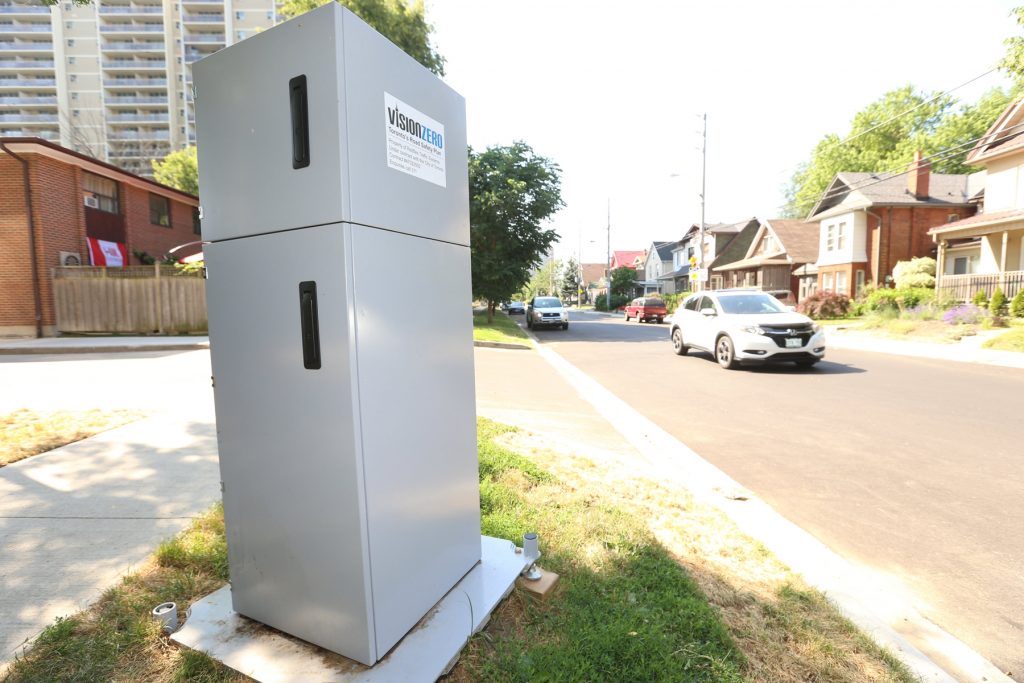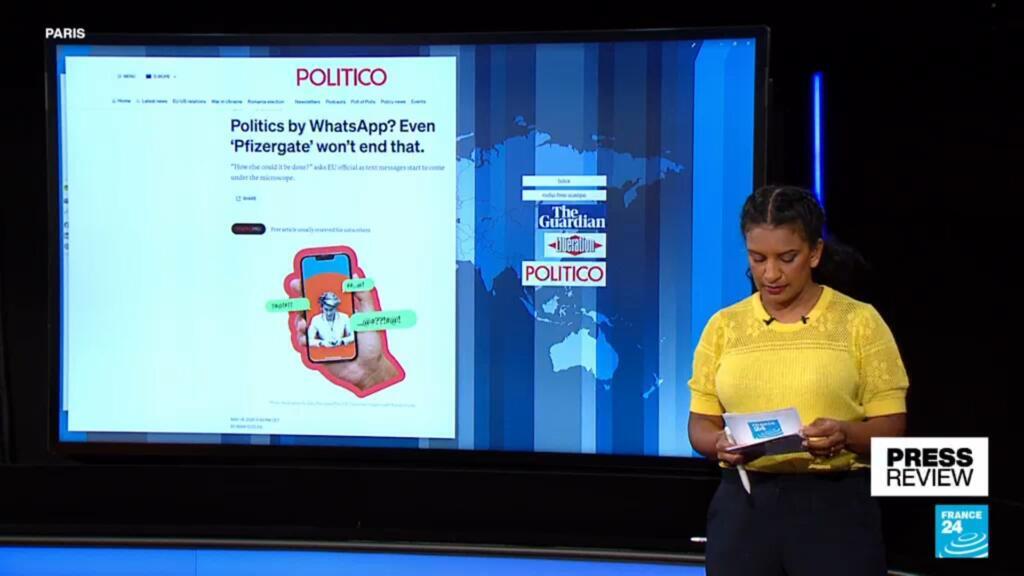The 2025 Ontario budget highlights the Ford government’s ongoing commitment to road safety in major cities, such as Toronto. Notably, the budget document announces potential amendments to the Highway Traffic Act, focusing on automated speed enforcement (ASE) cameras and red-light cameras.
According to government communications, one of the primary changes would entail municipalities being mandated to display more warning signs for ASE and red-light cameras. This initiative aims to enhance transparency, as municipalities would also be required to publicly disclose the locations of these cameras, although specific details on the disclosure requirements were not elaborated upon.
A review of the City of Toronto website reveals existing maps indicating camera locations. The proposed amendments would empower the Ontario government to regulate when ASE cameras could produce infractions for "minor speeding," though specific thresholds for such speeding were not mentioned in the announcement.
In addition to ASE and red-light camera regulations, the proposed changes would grant the Ontario transportation minister expanded authority to collect data from municipalities regarding the operation of these traffic enforcement tools. This move is part of a broader effort to optimize traffic safety measures.
The focus extends to community safety zones, which are specifically designated areas where speeding fines are doubled. The amendments to the Highway Traffic Act would allow provincial authorities to establish new criteria that municipalities must consider when designating such zones. However, the exact limitations and parameters of these zones remain unspecified in the budget details.
This legislative initiative occurs amidst the contentious debate surrounding the removal of bike lanes on several major streets, including Bloor Street West, Yonge Street, University Avenue, Queen’s Park Crescent, and Avenue Road. Critics argue that these changes pose safety risks for cyclists and suggest that the government is overstepping its bounds by interfering with municipal governance. The Progressive Conservative Party of Ontario, advocating for the removal of bike lanes, aimed to ease vehicular traffic flow in congested urban areas.
The decision to remove the bike lanes is currently suspended due to a temporary injunction issued by an Ontario judge, who is deliberating on a legal claim presented by residents and cycling advocates. The provincial government has since appealed this court decision. Premier Doug Ford has publicly commented on the case, raising concerns about the judicial system and suggesting that judges ought to be elected.
As Ontario grapples with these legislative changes and ongoing debates about traffic safety and urban planning, the implications for motorists, cyclists, and the overall safety of road users remain to be seen.












